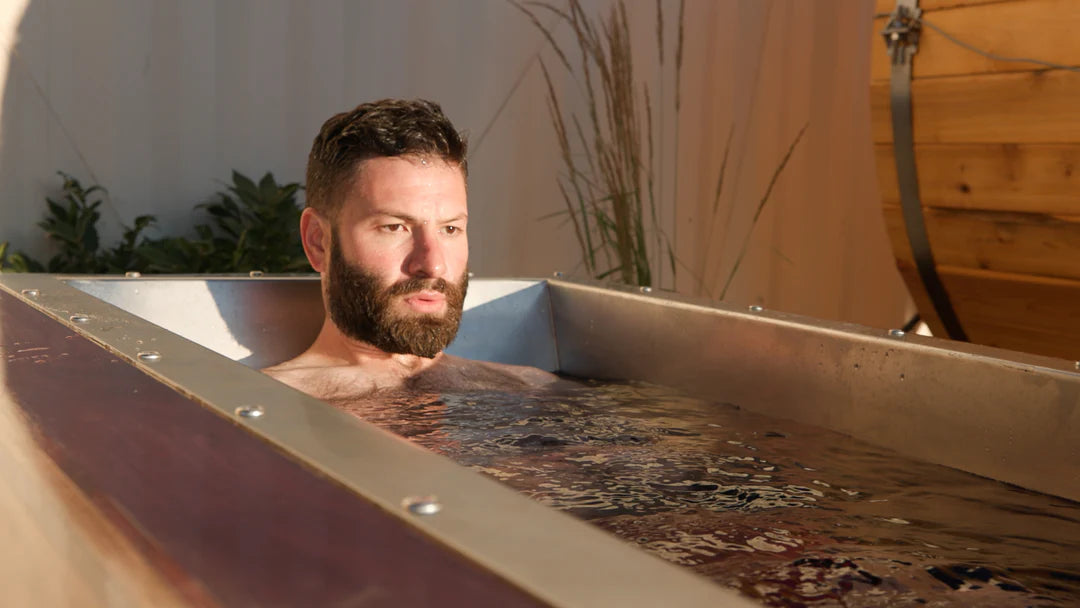
What is cold plunging?
Cold plunging is the practice of immersing your body in cold water, usually around 50°F (10°C) or colder, for a short period of time. This can be done in a tub, pool, lake, or special cold plunge bath. The idea is to expose yourself to cold temperatures for health benefits.
How it works
When you submerge in cold water, your body reacts by constricting blood vessels and directing blood flow to your vital organs to maintain core temperature. After leaving the cold, the blood vessels expand again, improving circulation. This cycle is thought to provide various health benefits.
Why people do it
Cold plunging is believed to help reduce muscle soreness, inflammation, and recovery time after exercise. Athletes often use it after intense workouts to speed up healing. It can also boost your mood and mental clarity by triggering the release of endorphins, which are "feel-good" chemicals in the brain. Some people use cold plunges to reduce stress or anxiety, as it forces the body to adapt to discomfort, promoting mental resilience. There is also evidence that regular cold exposure may support the immune system by increasing white blood cell counts, which help fight infections.
What to keep in mind
Beginners should start with short dips, around 1 to 2 minutes, and gradually increase time as they get used to the cold. It's important to control your breathing during the plunge, as the cold can initially cause a gasp reflex. Taking deep, slow breaths in through your nose and out through your mouth helps regulate your heart rate and maintain calm as your body adjusts to the cold. You may also wish to use the box breathing technique to manage your breathing. Learn more about the benefits of box breathing here.
Cold plunging isn't for everyone—people with cardiovascular disease, high blood pressure, respiratory issues, or other chronic health issues should consult a doctor first.
We highly advise you NOT to cold plunge longer than 10 minutes per day, as this increases your risks of hypothermia.